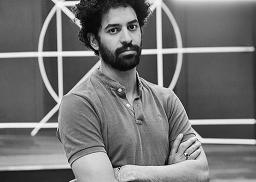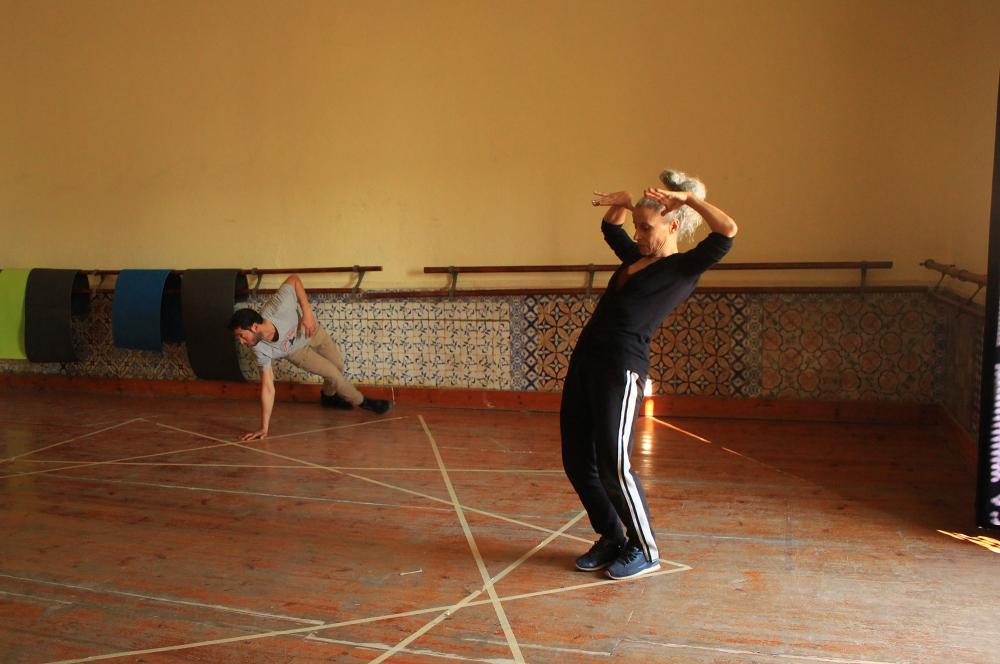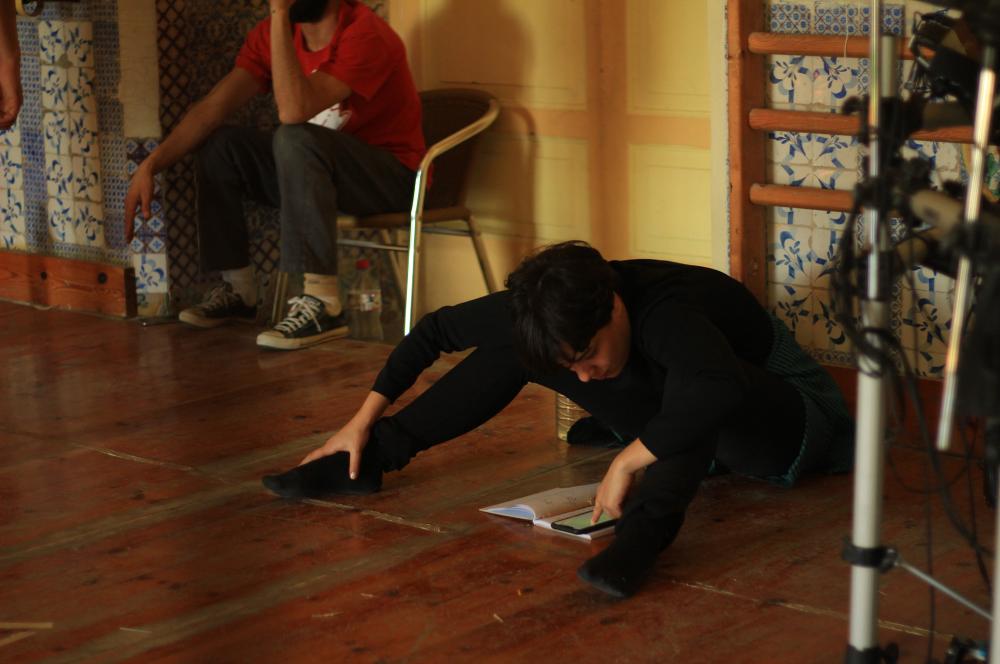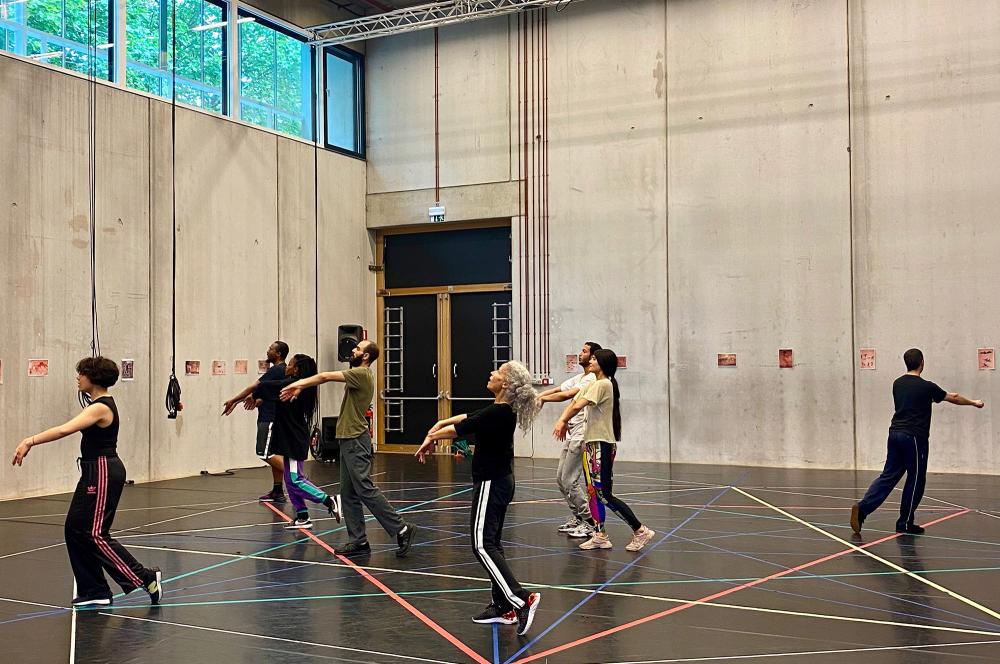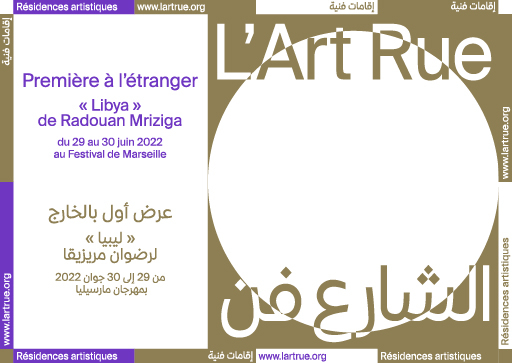"Libya" residency by Radouan Mriziga
Concept & choreography : Radouan Mriziga
With & by : Sondos Belhassen, Mahdi Chammem, Hichem Chebli, Maïté Minh Tâm Jeannolin, Senda Jebali, Feteh Khiari, Youness Khoukhou, Radouan Mriziga, Dorothée Munyaneza
Dramaturgy : Ester Severi
Scenography : Radouan Mriziga
Costume design : Anissa Aidia
Light design : Radouan Mriziga
Light technician : TBC
Distribution & touring : Something Great
Production : A7LA5 vzw and L’Art Rue
Coproduction : Festival de Marseille, L’Art Rue, deSingel, C-Mine, Les Ballets C de la B
Residencies : Kaaitheater Brussels, L’Art Rue Tunis, Les Ballets C de la B
With the support of: Abu Dhabi Cultural Foundation, the Flemish Government
After a first creation experience within L'Art Rue in 2019, which resulted in the show "Ayur", Radouan Mriziga returns from March 2021 to September 2022 for a new choreographic creation questioning Amazigh historiography, "Libya".
The idea of temporality in imperial history claims that there are discrete units of time. There is the past, which is over, and there are the present and the future. So how can we construct a non-imperial potential history together? How can we experience time as a single unit and a continuity of knowledge and universal flow?
Revisiting History is not only about the past, but about the enormous possibilities of the present and the future. Written history excluded what was not written, so how can we share the part of our collective memories and histories that were left out of this academic historical frame?
Most of what was written about the Amazighen in history books was by externals from the culture, but Imazighen themselves wrote about a lot of other things but their history. Even though they contributed heavily in the mediterranean legacy through their arts, crafts, inventions, science, oral culture, philosophy, etc. they were completely left out of this so called imperial history and marginalized in the imagining of the future in this region.
For this creation called "Libya", Radouan Mriziga wants to exercise other narratives using the complexity of choreography as an opportunity to engage and elaborate nuanced shared history memories and epistemologies for an inclusive future from an Amazigh perspective of dealing with transmitting history through the body, art, oral heritage and craft .



